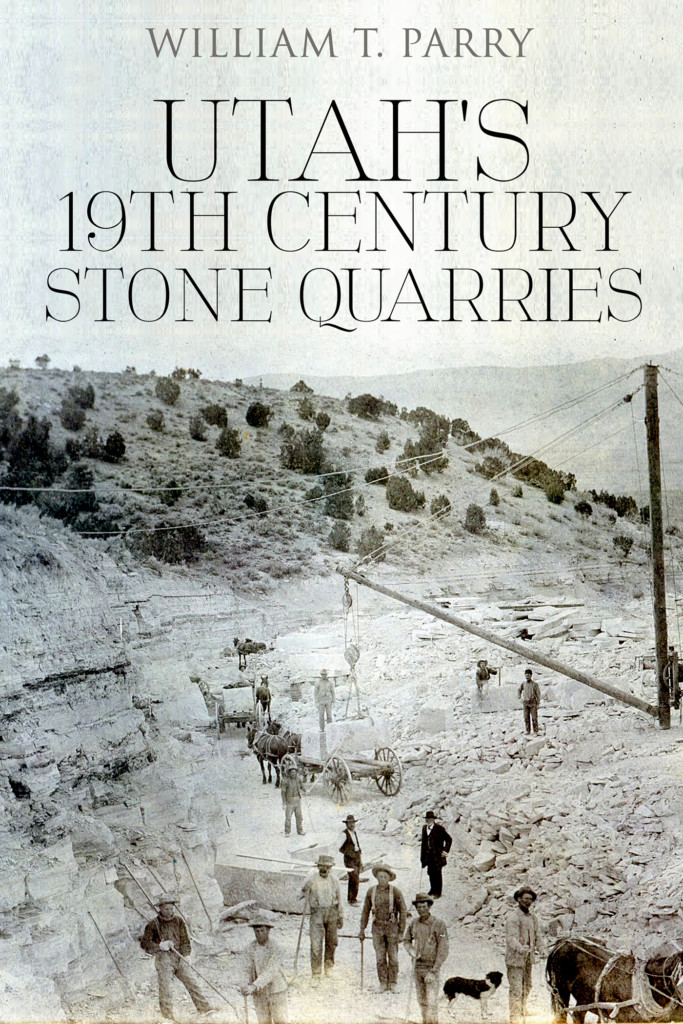Description
Pioneer emigrants belonging to The Church of Jesus Christ of Latter-day Saints fleeing violent persecution arrived in Salt Lake Valley in 1847. The group included skilled craftsmen familiar with building trades. They soon located exposures of stone suitable for quarrying and building construction. Stone quarrymen and masons used methods and tools learned from their former homes to extract, shape, and build structures now landmarks in today’s cities.
Nineteenth century quarries were opened in Cache Valley, Salt Lake Valley, Sanpete Valley, Beaver, and St George. The stone quarried was as diverse in origin as the quarrymen themselves. Quarrymen had learned their trade from such diverse locales as Tennessee, New Hampshire, New York, Vermont, Denmark, Sweden, Wales, Canada, and England. They became the settlers in Utah communities. Most of the quarry workers remain nameless and forgotten, but a few left journals so their stories can be told.
The buildings constructed of the quarried stone include temples and cathedrals, municipal buildings, courthouses, military buildings, and private homes. The Logan LDS Temple is built of Swan Peak Formation that accumulated in the ocean. The Salt Lake Temple is built of granite and sandstone, the Manti LDS Temple of oolite limestone, and the St. George Temple built of red sandstone and black basalt covered with white stucco.
The Cathedral of the Madeline and the city and county buildings in Salt Lake are made of Kyune sandstone. The Kearns Mansion in Salt Lake and Spreckels Mansion in San Francisco are oolite limestone. Fort Douglas in Salt Lake is red sandstone, and Fort Cameron in Beaver is black basalt.
Utah’s major stone quarries reveal a fascinating history of the men who worked the quarries, characteristics of the stone, and the buildings constructed.





